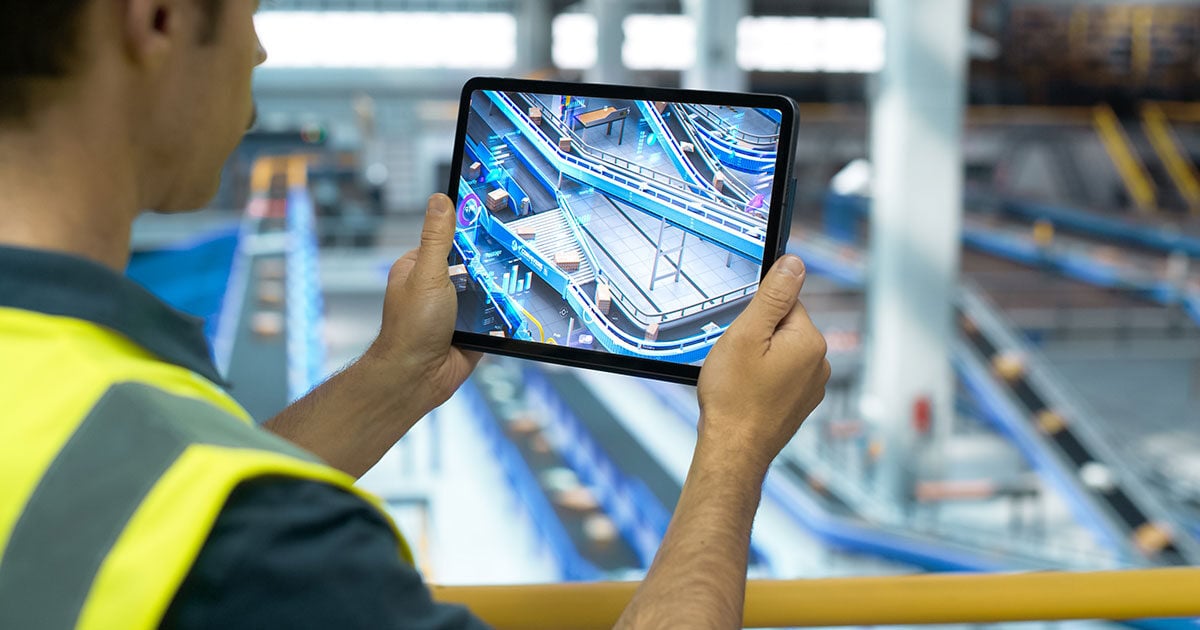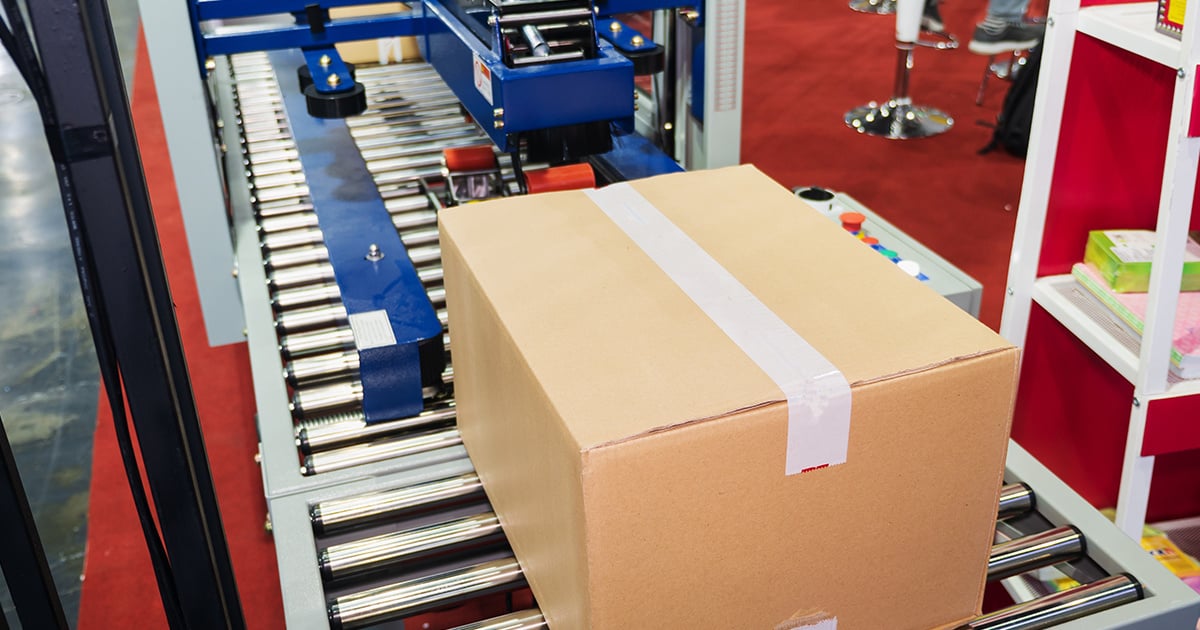14 min read
Should I Invest in A Case Sealer for My Packaging Operation?
New and existing business owners are constantly looking for ways to improve efficiency, reduce costs, enhance customer satisfaction, reduce injuries,...

In today’s rapidly evolving manufacturing landscape, operations managers are constantly challenged to improve efficiency, reduce costs, and maintain high-quality standards. One solution that has gained significant attention is packaging automation. But the question remains—is packaging automation right for your business? This article will explore the benefits, considerations, and steps to help make that determination.

Automated packaging systems can significantly increase the speed and consistency of packaging processes. Machines can work around the clock without fatigue, reducing the time your team must spend manually packaging products while increasing overall throughput.

Although the initial investment in automated packaging equipment can be substantial, the long-term savings are considerable when you factor in fewer operational errors and lower material waste, leading to significant financial benefits over time.

Automation ensures that packaging is consistent and meets quality standards every time. This consistency reduces the risk of product damage during transportation and improves customer satisfaction with uniformly packaged products.

Automating packaging processes can reduce the risk of workplace injuries associated with repetitive tasks and heavy lifting. Automated processes not only protect employees but also reduce potential risks related to workplace accidents.

Modern automated packaging systems can be highly flexible, accommodating various product sizes and packaging types. This adaptability is crucial for businesses looking to scale operations or diversify product lines without significant downtime or additional investment.
The upfront cost of automated packaging equipment can be daunting. To determine the potential return on investment (ROI), conduct a thorough cost-benefit analysis, considering factors such as reduced labor costs, increased productivity, and potential for future growth.
Automated packaging systems require adequate space and infrastructure. Assess your current facility to ensure you have the necessary room and support systems (e.g., power supply and ventilation) to accommodate new equipment.
Staff training is vital for the successful implementation of automation. Employees need to understand how to operate and maintain the new equipment. Additionally, the long-term maintenance requirements and costs associated with the automated systems should be considered.
Choose equipment that can be customized to meet your specific needs and easily upgraded as technology advances. This flexibility will help future-proof your investment and allow you to adapt to changing market demands.
Are you interested in implementing automation into your packaging operations, but not sure how to get started? We can help! Reach out to us to get started.
Evaluate your current packaging processes and identify bottlenecks or inefficiencies. Determine which tasks are most labor-intensive, error-prone, or time-consuming. This assessment will help you understand where automation could provide the most significant benefits.
Perform a detailed cost analysis, including the equipment price, installation, and potential downtime during implementation. Compare these costs against the anticipated savings in labor, materials, and increased productivity. Consider the ROI over both short and long terms.
Before a full-scale rollout, consider implementing a pilot project. A pilot project enables you to test the equipment on a smaller scale, identify any issues, and make necessary adjustments without disrupting your entire operation.
Create a comprehensive plan that outlines the steps for implementation, including timelines, training programs, and contingency measures. Ensure that all stakeholders are informed and involved in the process to facilitate a smooth transition.
Once implemented, continuously monitor the performance of the automated systems. Gather data on productivity, quality, and cost savings to measure success and identify areas for further improvement.
Engage with automation specialists and suppliers to understand the options available and get insights into the latest technologies. Their expertise can help tailor solutions specific to your industry and operational needs.
BradyPLUS offers a wide array of automation solutions, including a team of Equipment Specialists who will help you determine the right process for your operations, Equipment Technicians dedicated to helping you with Services + Repairs, and a full line of automated Packaging Equipment.
In a competitive market, the decision to automate can be a game-changer, positioning your company for greater efficiency, scalability, and success. As an operations manager, taking a strategic approach to packaging automation can drive your business forward, ensuring you stay ahead of the curve in an ever-evolving industry.
Packaging automation offers a compelling array of benefits, from increased efficiency and cost savings to enhanced quality control and safety. However, it requires a significant initial investment, thoughtful planning, and a maintenance program to ensure success. By conducting a thorough needs assessment, analyzing costs and benefits, consulting with experts, and carefully planning your transition, you can determine if packaging automation is the right choice for your business.
⬇️ Reach out to us today to learn how we can help you with your packaging automation needs!

14 min read
New and existing business owners are constantly looking for ways to improve efficiency, reduce costs, enhance customer satisfaction, reduce injuries,...

9 min read
As the holiday season approaches, eCommerce companies face one of the most intense and rewarding times of the year. The increase in demand offers...

10 min read
In the packaging industry, automation means different things to different people, but it generally comes down to one big idea – efficiency. All...